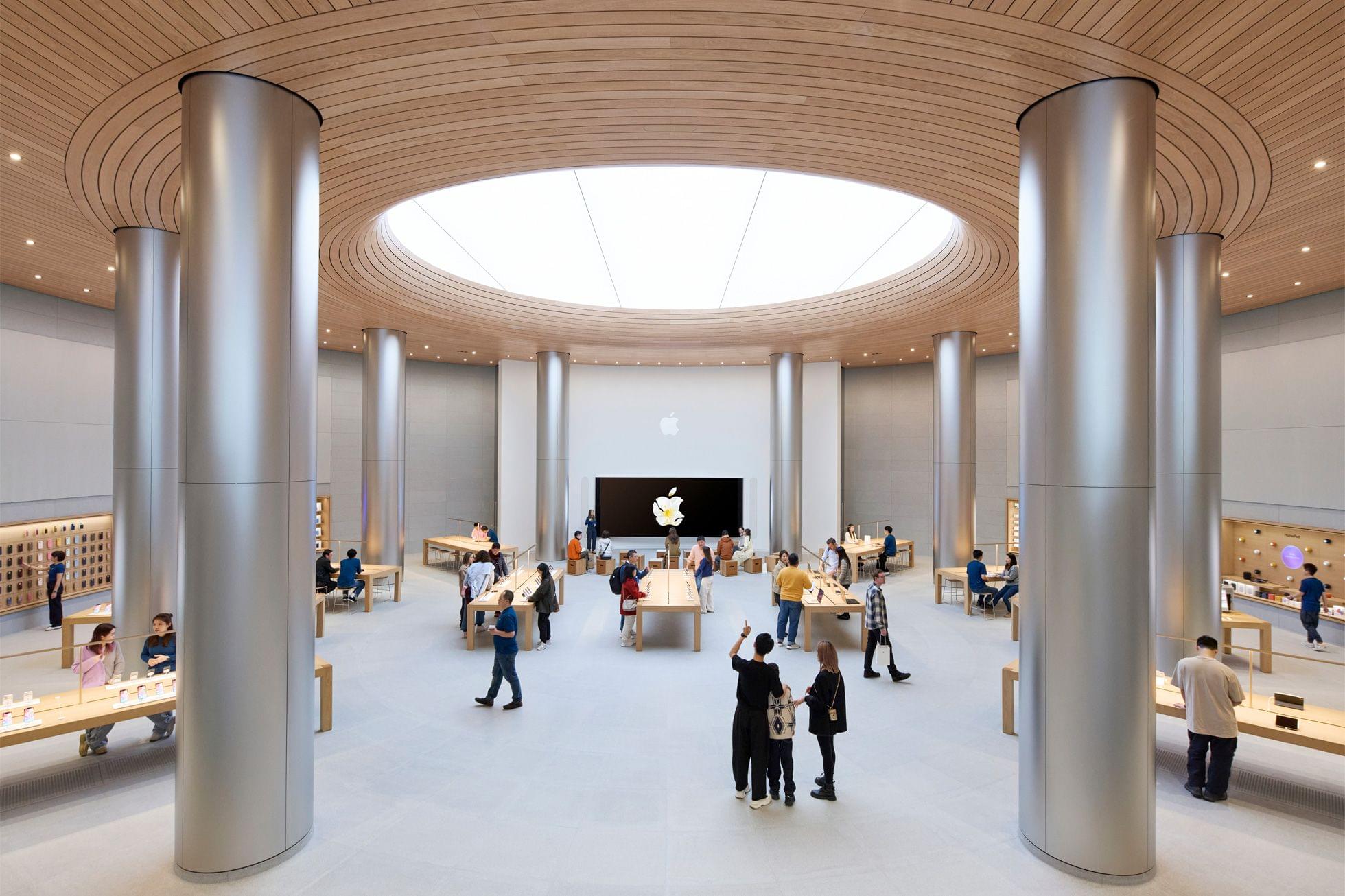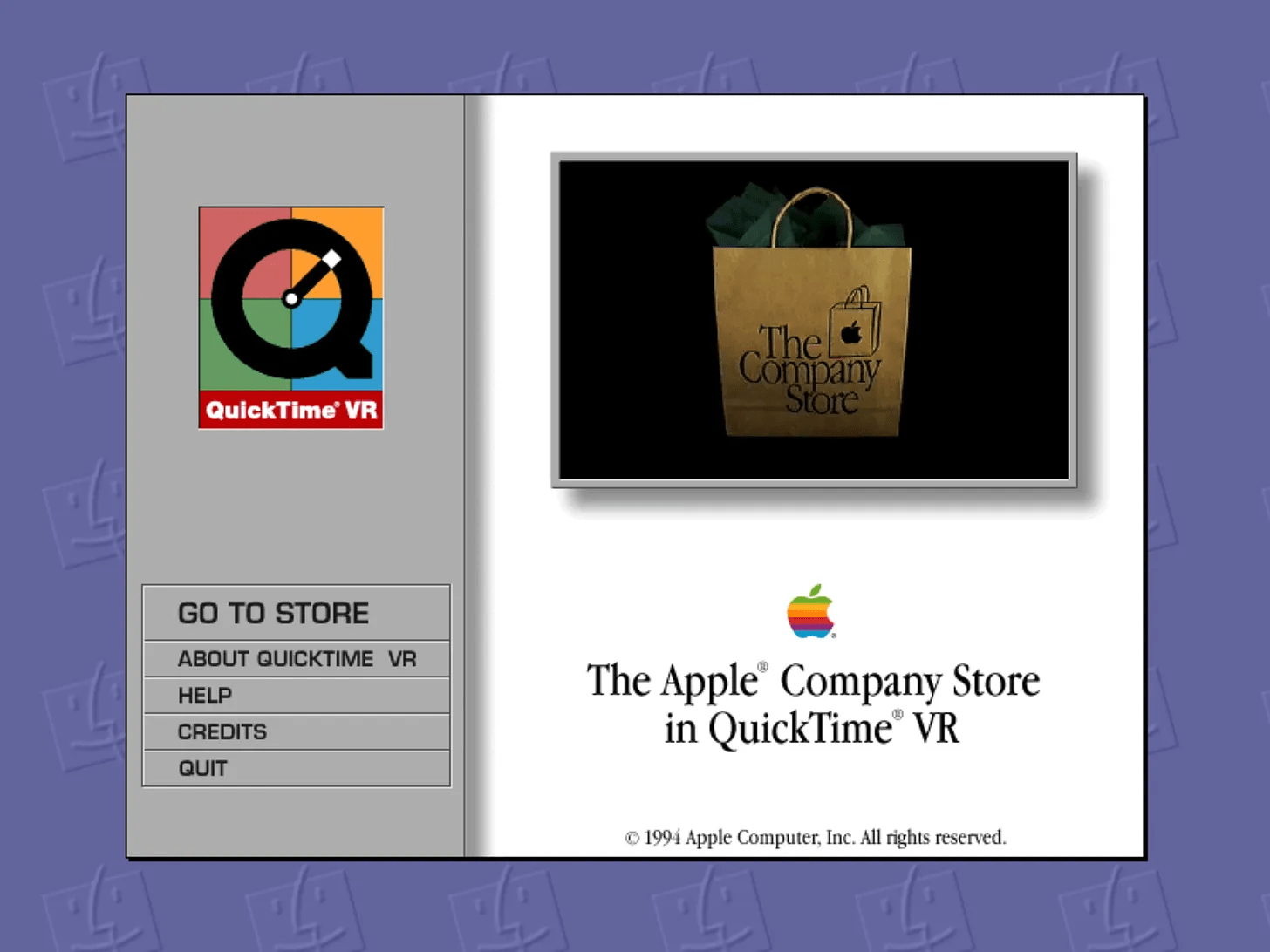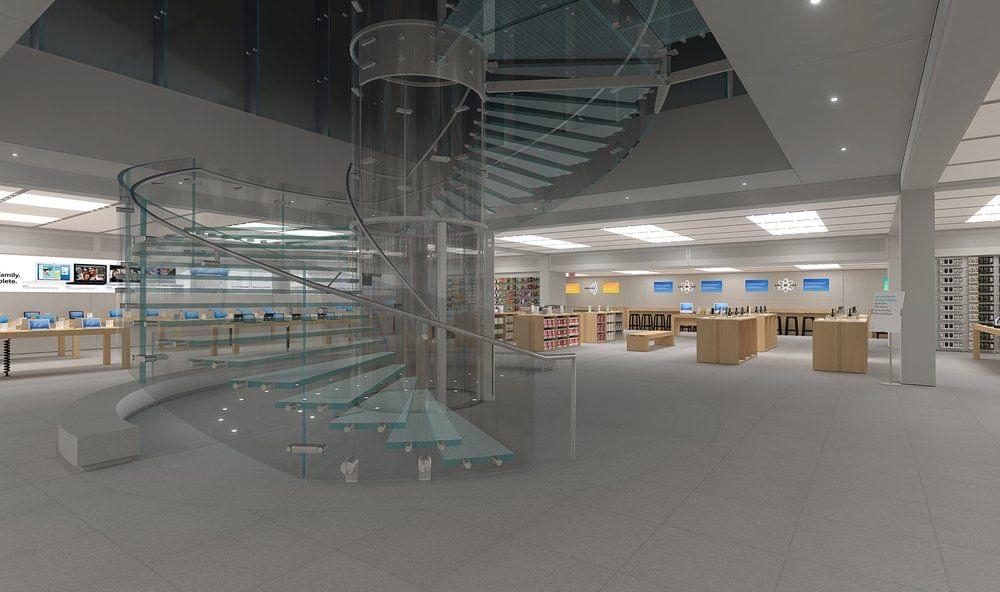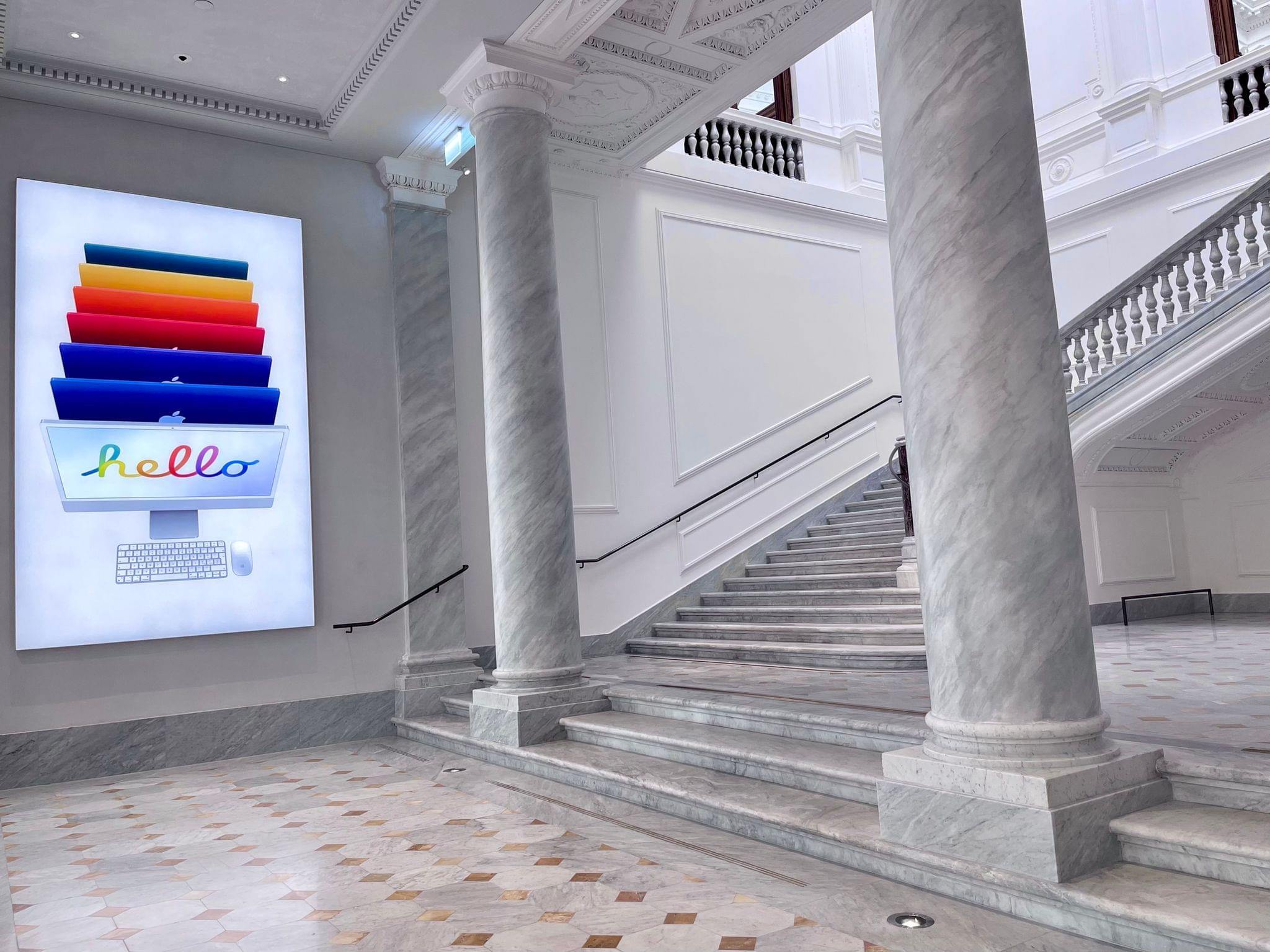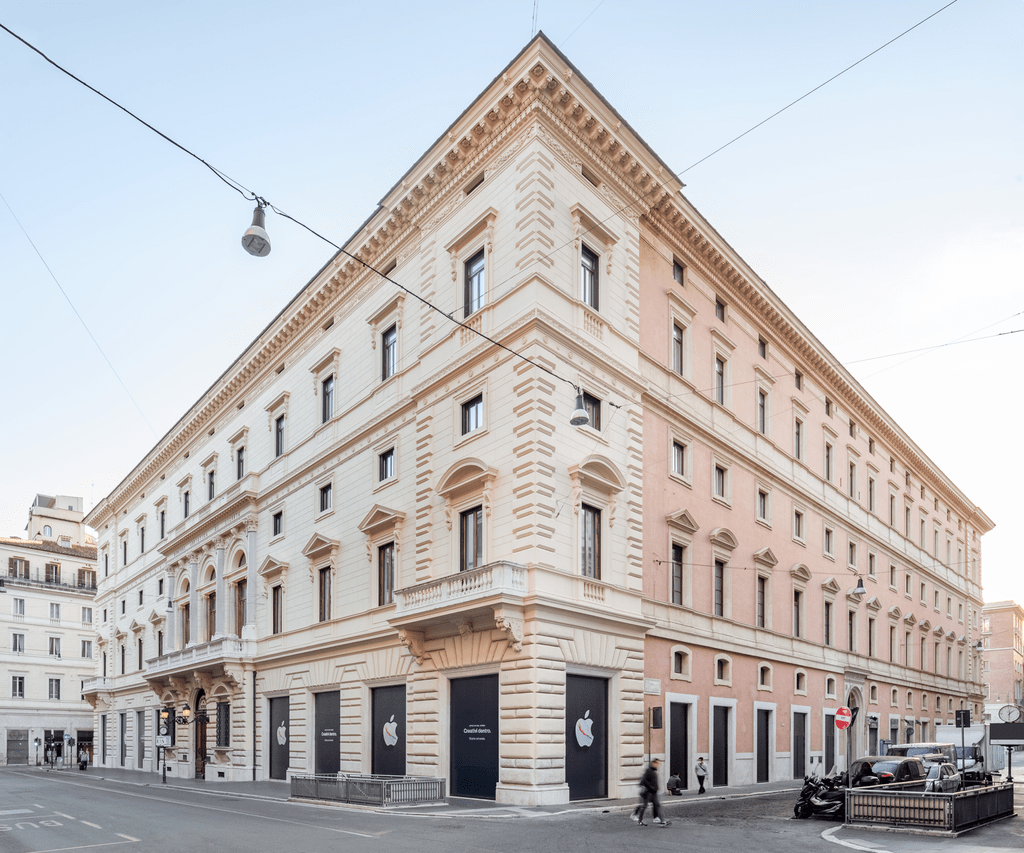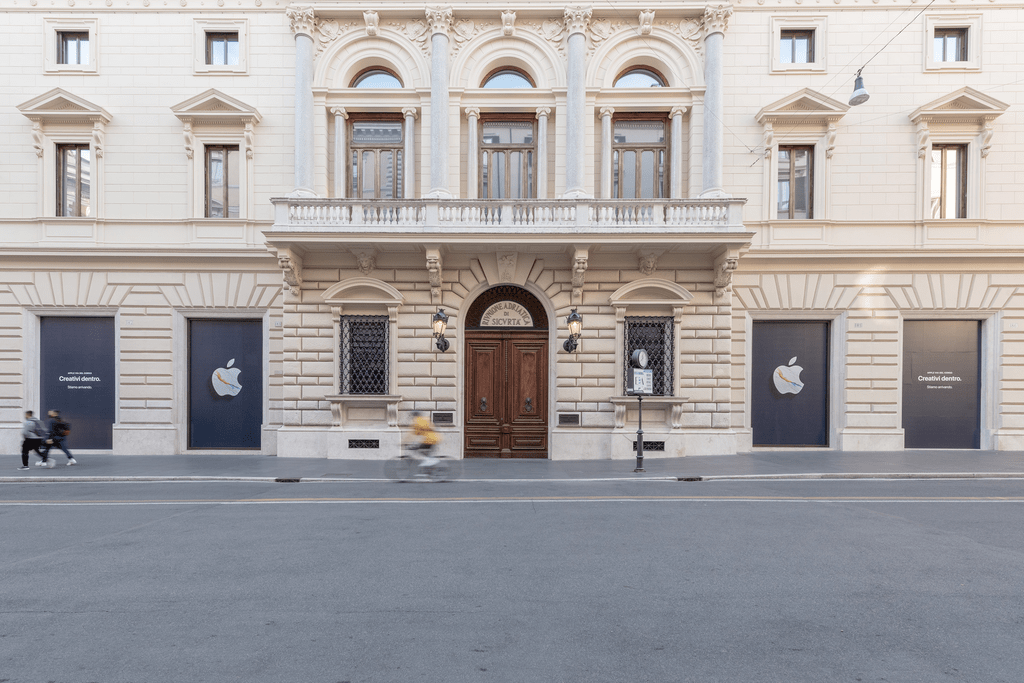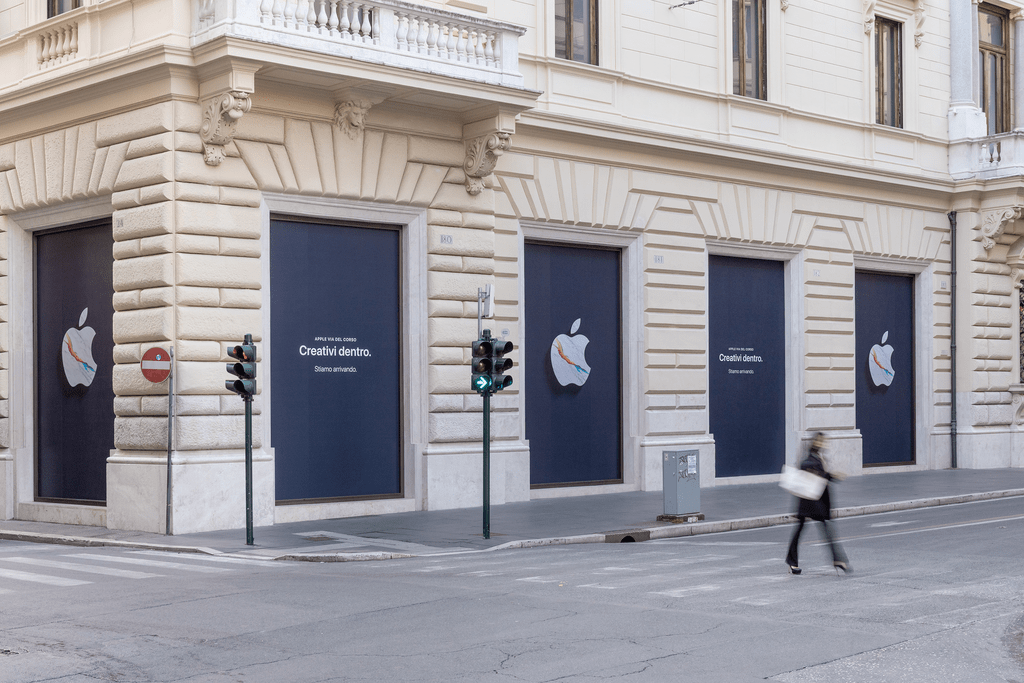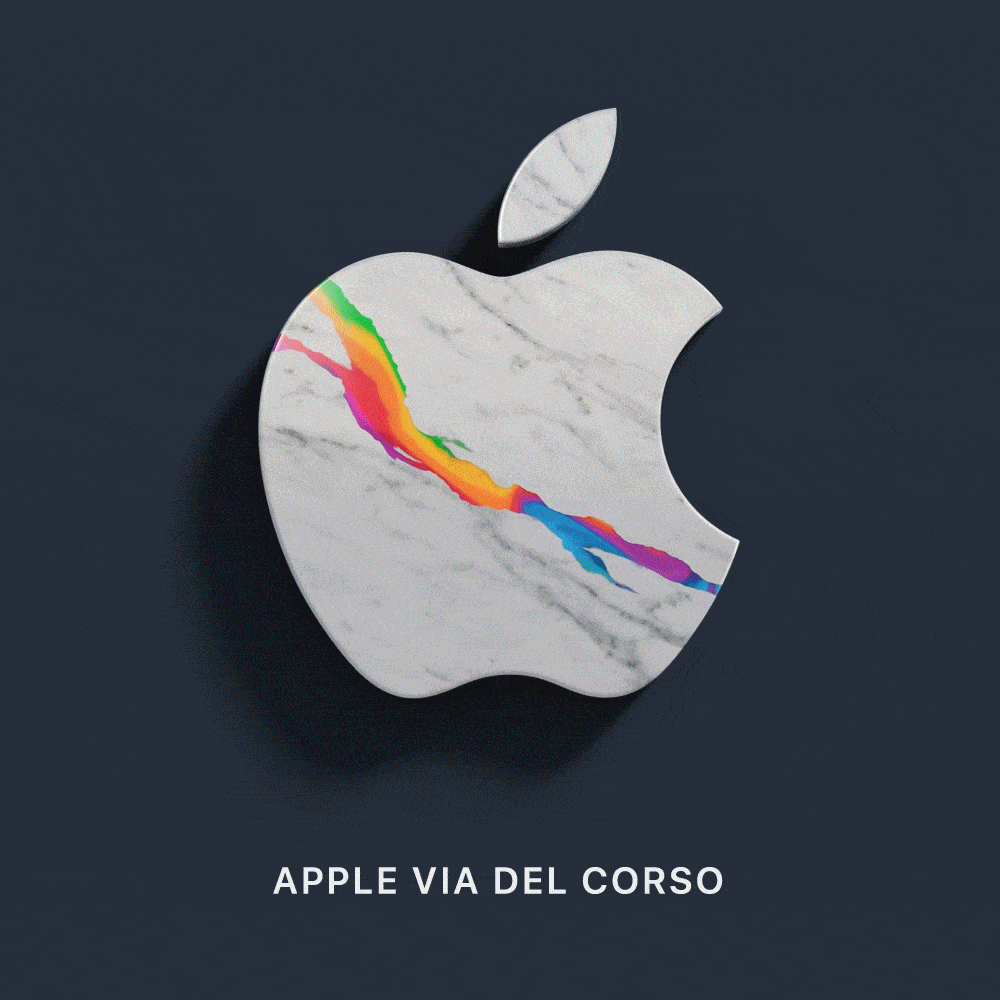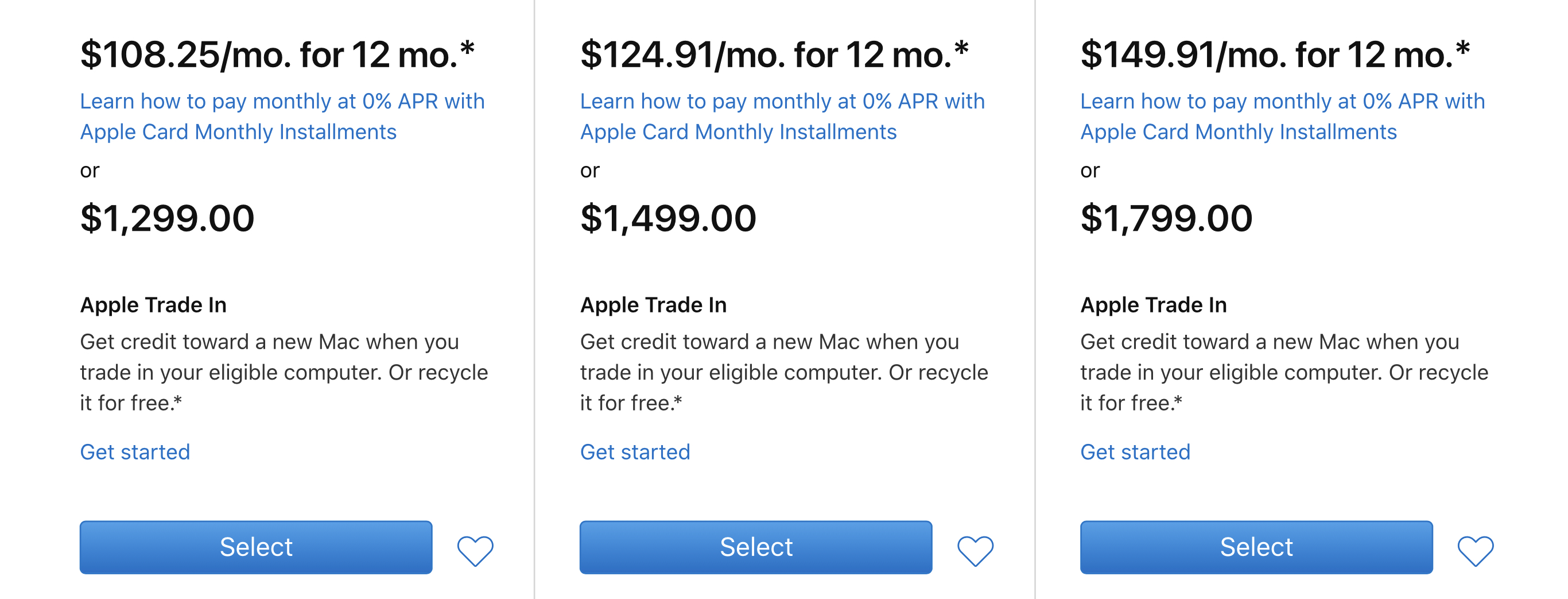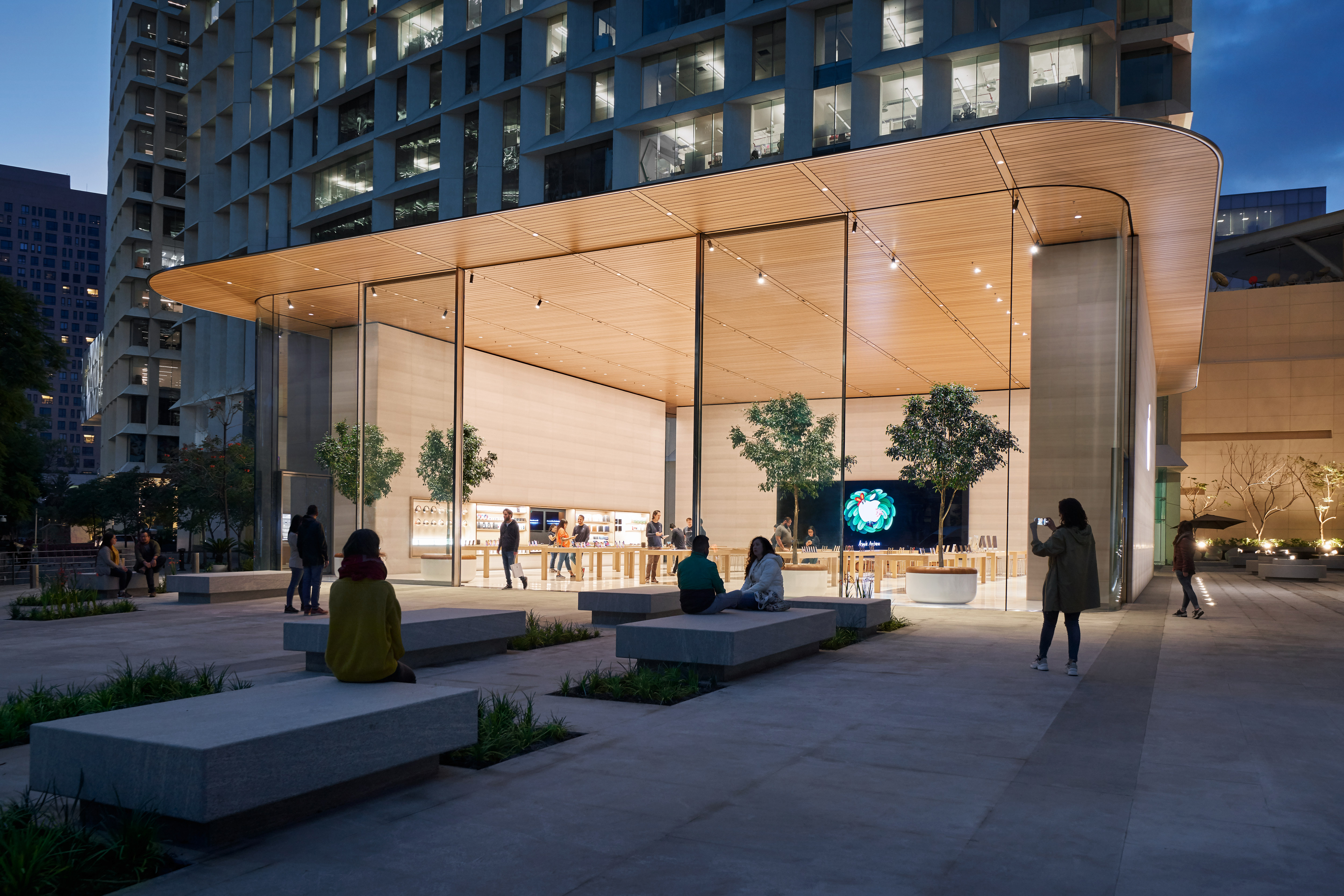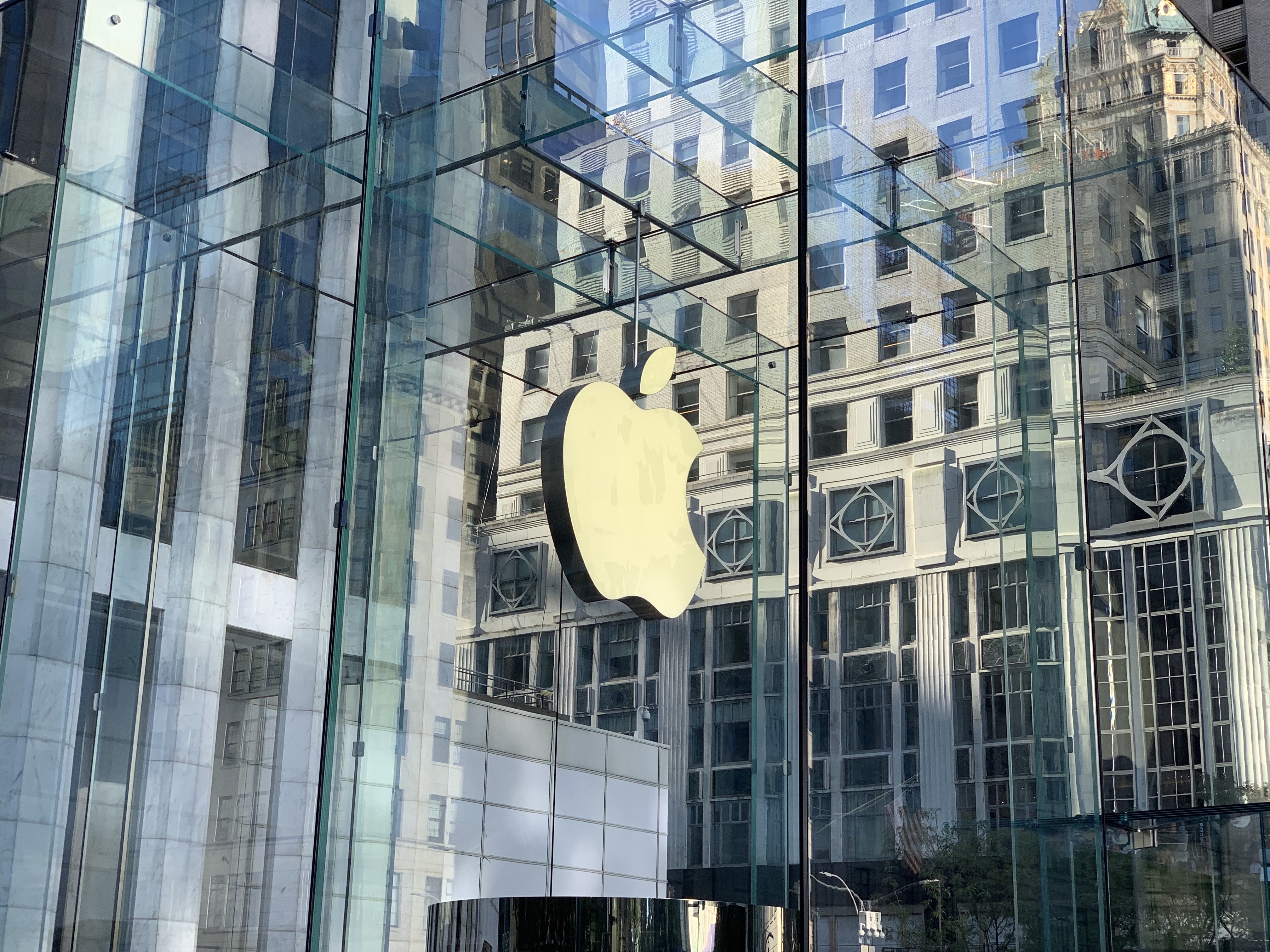Earlier today, Apple announced that its Jing’an store will open in Shanghai on March 21st. Apple’s press release includes several images of the new store, but for more context and an extensive collection of images, you can’t beat Michael Steeber’s Tabletops newsletter.
Apple Jing’an illustrates the idea that good things take time. Years have slipped by since rumors of this store first appeared. Other stores have opened and closed in all corners of the globe, an entirely new retail design language materialized, and the world emerged from the pandemic while Jing’an Temple Square sat dormant. This week, spring arrives. It was worth the wait.
The years that have passed since the Jing’an store project began mean that the underground store is an interesting hybrid of designs found in other landmark stores in recent years. Undoubtedly, the most striking aspect of the new store is that it’s almost entirely subterranean:
It’s only after passing through the portal that the magnitude of the store is revealed. Much deeper and taller than the plaza suggests, entering Apple Jing’an is a bit like discovering a glimmering cavern on a walk around a bluff face. The familiarity of the Apple Retail experience collides with the mystery of a dramatic architectural landmark… underground.
I would love to see this store someday. Elements of its architecture remind me of Apple’s store along the Chicago River, but like all of the company’s flagship retail locations, Jing’an has a unique character all its own.


